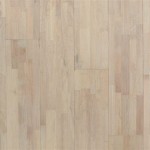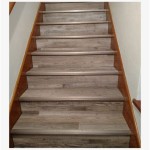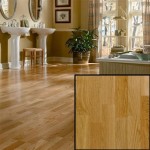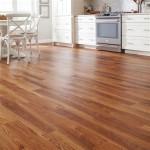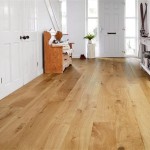The Difference Between Hardwood Laminate and Vinyl Flooring
Choosing the right flooring for your home can be a daunting task, with various options available, each with its own advantages and disadvantages. Two popular choices often considered are hardwood laminate and vinyl flooring. Both offer a stylish look and durability, but understanding their key differences can help you decide which is best suited for your needs and budget.
Material Composition
Hardwood laminate is a multi-layered product that simulates the look of real wood. The core layer is made of high-density fiberboard (HDF) or medium-density fiberboard (MDF), overlaid with a photographic image of real wood, followed by a protective wear layer. This wear layer is typically made of melamine, aluminum oxide, or a combination of both, providing resistance to scratches, dents, and fading.
Vinyl flooring, on the other hand, is made from polyvinyl chloride (PVC). It can be created in various forms, including sheets, tiles, planks, and luxury vinyl tile (LVP). While traditional vinyl flooring is often seen as a less expensive option, LVP offers a more realistic wood-like appearance, featuring embossed textures and intricate details.
Durability and Maintenance
Hardwood laminate is known for its durability and resistance to scratches, dents, and moisture. However, it can be prone to warping or swelling if exposed to excessive water. Regular maintenance includes sweeping, vacuuming, and occasional mopping with a damp cloth.
Vinyl flooring, particularly LVP, also boasts impressive durability. It is resistant to stains, scratches, and moisture, making it suitable for high-traffic areas and even bathrooms. It requires minimal maintenance, typically just sweeping, vacuuming, and mopping with a mild cleaner.
Aesthetics and Installation
Hardwood laminate offers a wide range of styles and colors, replicating various wood species, finishes, and textures. Its realistic appearance can seamlessly blend with different interior designs. However, it can lack the natural variation and warmth that real hardwood offers.
Vinyl flooring, especially LVP, has also made significant strides in mimicking the look and feel of real wood. It features realistic wood grain patterns, embossed textures, and even variations in knots and grain patterns. It can be found in a variety of colors, styles, and finishes, offering a suitable option for various design aesthetics.
The installation process for hardwood laminate is relatively straightforward, often using a click-and-lock system. However, it requires a level subfloor to ensure proper installation and prevent unevenness. Vinyl flooring, particularly LVP, can be installed using a floating method, adhesive, or glue-down technique. It is generally considered easier to install than hardwood laminate and can be done on a wider range of subfloors, including concrete.
Environmental Considerations
Hardwood laminate, despite its durability, has some environmental concerns. The manufacturing process can involve the use of formaldehyde, a volatile organic compound (VOC) that can contribute to indoor air pollution. Moreover, the disposal of laminate flooring can be challenging, as it is not readily biodegradable.
Vinyl flooring, while durable and easy to maintain, also has its environmental drawbacks. PVC, the primary component of vinyl, is a petroleum-based product, making its production energy-intensive and contributing to carbon emissions. The disposal of vinyl flooring can pose a challenge, as it does not decompose easily in landfills.
Cost and Value
Hardwood laminate flooring is generally more affordable than real hardwood flooring, making it a cost-effective alternative. Its price range varies depending on the quality, style, and manufacturer.
Vinyl flooring, particularly LVP, offers a similar price range to hardwood laminate, with some options being more budget-friendly. Its cost effectiveness and durability make it a popular choice for homeowners looking for a balance between affordability and performance.
Ultimately, the best choice between hardwood laminate and vinyl flooring depends on your individual needs and preferences. Consider factors such as budget, durability, maintenance requirements, aesthetic preferences, and environmental concerns when making your decision.

How To Tell If Your Floor Is Hardwood Or Vinyl Garrison Collection

Laminate Vs Hardwood Vinyl Flooring 50floor

What S The Difference Between Vinyl And Laminate Flooring Igloo Surfaces

Vinyl Vs Laminate Flooring Which One Should You Use Easiklip Floors

Vinyl Plank Vs Hardwood A Cost And Feature Comparison The Carpet Guys

Vinyl Plank Vs Laminate Flooring Which Is Right For You Onflooring

Difference Between Laminate And Vinyl Flooring Cpme

Vinyl Vs Hardwood Flooring Which One Is Right For You Wide Plank Floor Supply

Laminate Vs Vinyl Flooring Metro Contractors

Luxury Vinyl Plank Vs Laminate What S The Difference
See Also
